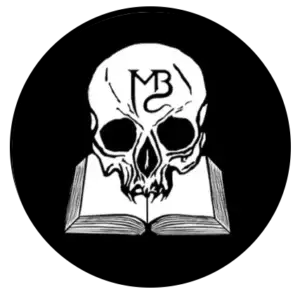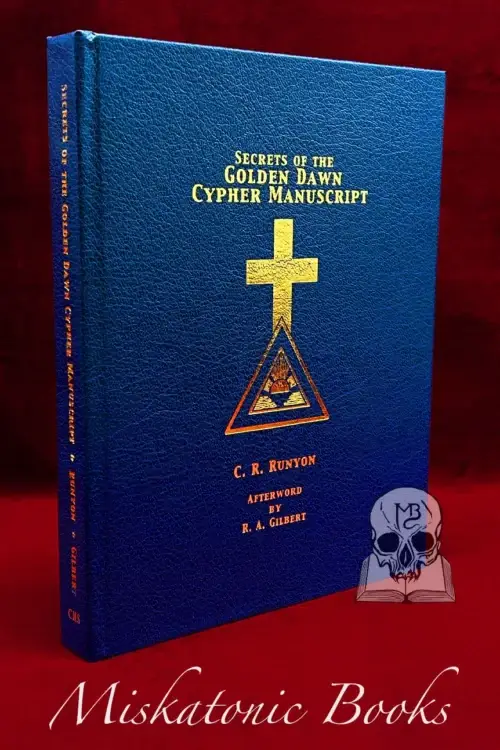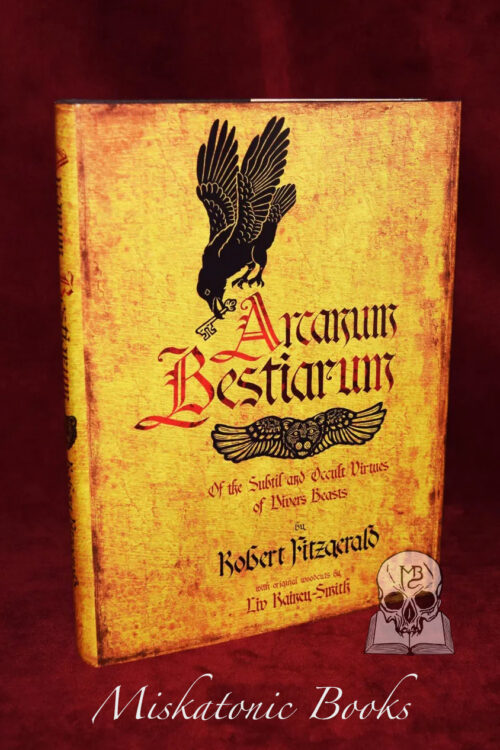About Dumuzid: Reexamining the Lore
Myth would inform us that Dumuzid was merely the effete, hapless shepherd god who invoked the anger of his wife, Inanna, and became little more than a footnote in myth.
Erotic poetry; liturgical texts and hymns; magical formulae, however, indicate something greater. In such texts, we find that Dumuzid is more than a mere pastoral deity standing guard over the sheepfold. He appears as a king; high priest; warrior; captain of the host and commander of chariots; a god who stands at the gates of Heaven, possesses a throne upon the Earth, and is seated beside Ereškigal, the great queen of the Underworld.
We recently connected with the author, Samuel David, to tell us more about this exciting new book release. We asked him to cover three topics (listed above and answered below). In the following three sections, he peels back the curtains on the book’s origins, writing, research and his vision of what readers will take away.
How the Book The Red Shepherd Came About…

I’ve been formally writing material since 2016 to supplement not only my own praxis, but also as a contribution to the spiritual community I am a part of who likewise derive their collective spirituality from the rich cultures and cultic traditions of Sumer, Akkad, Babylon, Assyria, and beyond.
When I initially compiled my work for the book that would eventually become Rod & Ring, I found that a great deal of text wasn’t harmonious within the overall theme of that book. Elements from the myth of Inanna’s descent as well as the Epic of Gilgamesh are well woven through Rod & Ring, but the elements from Dumuzid’s mythology, rituals, cultic worship, and more esoteric characteristics that I had initially considered were out of place.
While he’s introduced in a key part of that book prior to the ritual descent into the Underworld, incorporating him later as a substitute for the ritualist to symbolically ascend from the Underworld wasn’t in the cards. Additionally, certain material pertaining to the compulsion of spirits, exorcism, and evocations involving divine factotums was — at least in my opinion, something that didn’t belong in a book largely devoted to a contemporary initiatory system.
I think such material is rightfully part of a deeper tradition if you will.
The Writing and Research Involved About Dumuzid…

I must admit that one of the most important resources in my research was the Bible — specifically, the narratives pertaining to the prophets (the book of Ezekiel) and poetry (the Song of Solomon).
Now that isn’t to say this is a book that expounds upon biblical literature. It merely highlights them as curious anecdotes that compelled me as a child to look beyond the spiritual framework of the Christian church that I grew up in. I change course when I present the material that predates the literature of the Hebrew Scriptures by examining the myths surrounding Dumuzid (also known as Tammuz), his relationship with Inanna and those deities that are considered part of her divine family.
Looking to more recent academia has also been pivotal in my work. The old take on the “dying and rising god” has really taken on a life of its own that is often misunderstood when the cultural context is overlooked in earlier academic material or even the work of folklorists like James Frazer. I’m truly thankful that the old guard of Assyriology and Ancient Near Eastern academia have stepped aside to allow for fresher interpretations and more relevant revelations. For instance, most are familiar with Dumuzid within the context of one myth alone but he has a more complex nature in the grand scheme of things as conceptualized in the hearts and minds of the ancient peoples who worshiped him in Mesopotamia, the Levant, and even in the Mediterranean region where echoes of the cultic practices surrounding him are found in the cult of Adonis. Academics like F.A.M. Wiggerman, Dina Katz, Joann Scurlock, and Gwendolyn Leick have brought a lot to the table within the last twenty years or so that would have completely transformed what we know about the Mesopotamians today had their painstaking work been with us decades prior.
Understanding Dumuzid: What Readers Will Come Away With…

What I want to emphasize is that this book serves as the framework of a contemporary diffusion of Dumuzid’s complex historical cult. After all, the cult that adapts is the cult that survives.
Despite the mythology and liturgy (including transliterations of the Sumerian language) that’s explored in the book, there’s a great deal of practical ritual from spirit compulsion and exorcism to malefica and even an iteration of the “Washing of the Mouth” a historical ritual akin to the Egyptian rite of the Opening of the Mouth. Such a ritual isn’t just for the use of imbuing life into a divine effigy but also any devotional icon such as that of a saint or daemon.
Furthermore, I want to impress upon the reader and prospective ritualist that Dumuzid isn’t just a substitute for Inanna in the Underworld, he’s also a god who is described as second to Ereškigal in her very domain; a shepherd and exorcist of spirits; a divine healer who banishes disease to the depths of the Underworld; a son of Enki, the wily god of magic and mystery himself; the guardian of the gates of Heaven; a Luciferian figure embodying both temptation and taboo who advocated for the “Sumerian Adam” to be given the food of eternal life.
I would dare say that he has as much importance within the zeitgeist which is currently inhabited by deities such as Hekate.
It is my hope that the same ecstatic and bewildering god I have come to know in my own praxis, presents his emanation or epiphany in the same manner in the life of the ritualist who speaks the words in this book aloud.
About the Book
Wholly informed by academic sources and personally applied praxis, The Red Shepherd: Towards a New Image of Dumuzid includes relevant myths and mythopoetic lacunae texts; transliterated liturgical compositions written by the author; ritual texts inspired by historical source material.
Through this book, Samuel David invites you to enter into the presence of the god of both the living and the dead whose name and power are the breath of life which quickens the child in the womb; the eroticism of the virile lover; the psychopomp who leads ghosts in his train; the intercessor who takes the burden sickness and disease from his supplicants.
-
 THE RED SHEPHERD: Towards a New Image of Dumuzid by Samuel David – Limited Edition Hardcover$82.00 — or
THE RED SHEPHERD: Towards a New Image of Dumuzid by Samuel David – Limited Edition Hardcover$82.00 — or$82.00Original price was: $82.00.$20.50Current price is: $20.50. / month for 4 monthsRated 5.00 out of 5 based on 1 customer rating
About the Author

Samuel David is a Mesopotamian polytheist, artist, writer, researcher, and educator from Sangamon County, Illinois.
He facilitates ritual, workshops, and presentations as a representative and steward for É-Sangamon or Temple Sangamon, and is actively involved with the Temple of Inanna.
His presentations at local pagan festivals, national, and international conventions include lectures, rituals, and workshops. His adaptation of “The Descent of Inanna” has been included as classroom material for California State University, Los Angeles’ Ancient Near East history syllabus in 2020. As a writer, he focuses primarily upon the esoteric phenomenon of the “continuation of cult,” reconstruction, and contemporary iterations of Mesopotamian spiritual and magical praxis.
His work includes two titles published by Anathema Publishing Ltd.: Rod & Ring: An Initiation Into A Mesopotamian Mystery Tradition and The Red Shepherd: Towards A New Image of Dumuzid. Other titles include Lioness: The Song of Inanna, published by Grayle Press (available through Miskatonic Books) and the novella, “I, Adapa”, featured in Circe’s Cauldron: Pagan Poems and Tales of Magic and Witchcraft, published by Bibliotheca Alexandrina.










